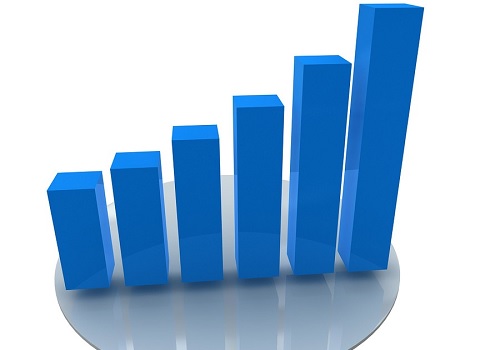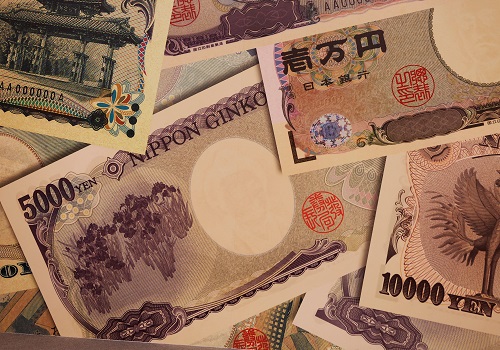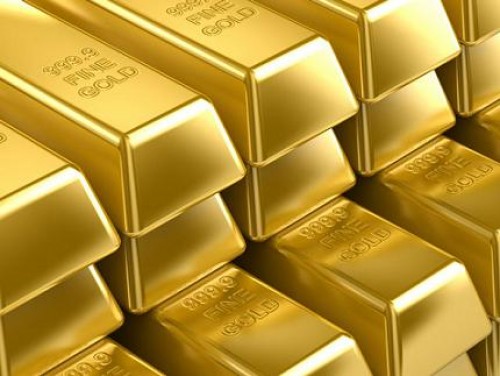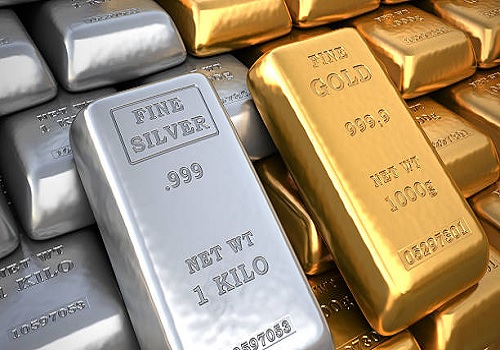February 2023: Gold Outlook By Chirag Mehta and Ghazal Jain, Quantum AMC

Follow us Now on Telegram ! Get daily 10 - 12 important updates on Business, Finance and Investment. Join our Telegram Channel
Gold Outlook for February - 2023 by Chirag Mehta, CIO & Ghazal Jain, Fund Manager, Quantum AMC
Gold started the new year on a cheery note, up ~6% in January in dollar terms and ~4% in rupee terms. Underpinning the rally was annual inflation in the US slowing for a sixth straight month to 6.5% in December, raising hopes of smaller rate hikes from the Federal Reserve in Q1’23 and rate cuts later in the year. The yellow metal benefitted from a softer USD environment and lower US Treasury yields. Physical demand from China during the Lunar New Year celebrations, central bank gold buying and increase in net long positioning in gold by global money managers also supported prices. Financial markets also charged ahead with the S&P 500 Index up ~8% year-to-dateas the Fed failed to convince markets of its commitment to raise rates.
Domestic gold prices rallied to all-time highs of Rs. 57,125 per 10 grams and international gold prices almost touched $1950per ounce levels during the month before giving up gains closer to the Fed meeting on February 1st
Prices moved up again starting February after the Fed, in its first meeting of the new year, raised its benchmark rate by only a quarter percentage point, to a range of 4.5% to 4.75%, slowing from December’s 50-basis-point increase after four straight 75-basis-point moves. Fed Chair sounded slightly dovish with his “disinflation process has started” comment. On the other hand, he put “couple of more rate hikes” on the table when he said,“job is not fully done”.He also said, “I don’t see us cutting rates this year” and that they would “sit tight while the economic data catches up to the policy.” But markets were too busy celebrating the smaller rate hike and the Fed nearing the end of its rate tightening cycle.
While US Q4’22 advance GDP estimate came in higher than expected and US unemployment rate as of December came in at 3.5%, still at 5-decade lows, other leading economic indicators are pointing to an economic slowdown. In the last five months of 2022, employers cut 110,800 temporary workers, which is a sign of broader job losses to come. Wage growth in the US as represented by the Average Hourly Earnings slowed to 4.6% y-o-y in December compared to 5.1% in November.The US housing starts in December fell 1.4% month over month and 21.8% year over year. US retail sales fell by the most in a year in December. Consumer confidence declined in January. U.S. manufacturing PMI for January came in at 47.4, representing the third consecutive contraction of manufacturing activity and the lowest PMI reading since May 2020. All in all,as the Fed’s aggressive tightening campaign works its way through the economy, the trajectory for the US economy is weakening. And the Fed seems to be noticing and probably getting anxious enough to start talking some dovishness to make it look like a transition rather than an abrupt U-turn
At the same time, complementing slowing headline inflation, Personal Consumption Expenditure Price Index, the Fed’s preferred inflation gauge cooled to 5% in December and the Core version of this index which excludes the more volatile and seasonal food and energy prices, moved lower to 4.4%. The figures added to popular views that the worst bout of inflation is behind us
The slowing pace of current rate hikes to 25 basis points can be seen as a sign that the central bank is either satisfied with the pace of slowing inflation or is getting nervous about their aggressive policy’s impact on growth. Either way we are not too far from the Fed scaling back. This makes the outlook for gold, which is highly sensitive to the rates outlook, positive.
The US Dollar weakened, and US Treasuries rallied after the Fed’s policy decision, pushing gold prices up back to $1950 per ounce levels. In a reversal of the trend seen in 2022, other currencies like the Euro are expected to strengthen in 2023. European PMI data in January suggested the region's economy is stabilizing in contrast to the US economy’s slowing down andthe European Central Bank continues to hike rates, now at a faster pace than the Fed. This will continue to weigh on the dollar index.
Markets are also concerned over the US hitting its debt ceiling limit, with the US government divided over whether to raise the ceiling. A potential dilly-dallying by the US on its debt obligations could trigger some panic in global financial markets and undermine the confidence in the dollar. Although the can will be kicked down the road, such decisions or eventemporary indecisionsaugur well for gold.
The Fed was wrong about inflation in 2021-22, calling it “transitory”. It could also be wrong about inflation in 2023 if it underestimates it. While costs of goods and energy have started to come down as transitory causes like supply snags and war disruptions ease off, price pressures in service sector excluding housing have yet to cool off. Given the strong labour market in the USand the post-pandemic pent up demand for going out, this part of the inflation basket could turn out to be sticky. Also, financial conditions in the US, as indicated by the Chicago Fed Adjusted National Financial Conditions index have eased to levels last seen in March of 2022, before the Fed embarked on its aggressive tightening cycle. There’s also the risk of Chinese demand rebounding which could stir up commodity prices again. As such, the inflation problem may not be truly behind us yet. This will keep gold relevant.
Even if Inflation moves lower, the Fed may be compelled to showcase a transition rather than an abrupt error in reading data, which could lead to a policy error where they tighten too much. In such a scenario they would be compelled to intervene and aggressively cut rates to undo the damage, thereby hurting their credibility and undermining the dollar. Even this should help gold.
With a couple of more rate hikes yet to come in, investors could take advantage of any price corrections in gold to build their allocation. Because once the rate hikes come to an end for good, which is likely to be by mid-2023, we can expect positive implications for gold prices. About the other variable of growth, if we see a recession in the US, albeit a shallow one, gold will be better placed than risk assets. Rate cuts in response to growth deterioration, which is not a question of if but when, will be constructive for gold prices. The only risk to the outlook for gold is a soft landing of the US economywhich based on the current economic momentumlooks unlikely.
Domestic gold prices moved up by about 1% post the Budget 2023-24 announcement. Finance Minister Nirmala Sitharaman maintained the status quo and did not reduce the custom duty on Gold as was widely anticipated. In response, domestic gold prices which were trading at close to 2% discount saw some of the discounts unwind.
With a duty cut now out of the picture for the foreseeable future, down moves in gold on account of that are no longer expected. But prices could see some headwinds from developments on the US monetary policy front. Investors can stagger their purchases over the next few months to build their gold allocation.
Above views are of the author and not of the website kindly read disclaimer






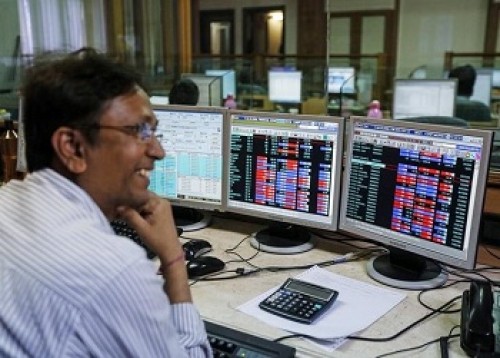


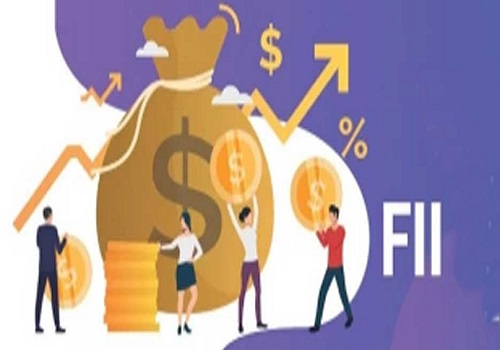
Tag News

Navigating the Markets changing landscape -Quantum Mutual Fund holds Path to Partnership for...






